�
Joel H. Ferziger 1 Milovan PeriC
Computational Methods for Fluid Dynamics
Springer
Berlin
Heidelberg
New York
Barcelona
Hong Kong
London
Milan
Paris
Tokyo
�
Joel H. Ferziger 1 Milovan PeriC
Computarional Methods
for Fluid Dynamics
third, rev. edition
With 128 Figures
Springer
�
Professor Joel H. Ferziger
Stanford University
Dept. of Mechanical Engineering
Stanford, CA 94305
USA
Dr. Milovan Peril
Computational Dynamics
DiirrenhofstraBe 4
D-90402 Niirnberg
ISBN 3-540-42074-6 Springer-Verlag Berlin Heidelberg NewYork
Library of Congress Cataloging-in-Publication Data
Ferziger, Joel H.:
Computational Methods for Fluid Dynamics / Joel H. Ferziger / Milovan Perit. - 3., rev. ed. -
Berlin; Heidelberg; New York; Barcelona; Hong Kong; London; Milan; Paris; Tokyo: Springer, 2002
ISBN 3-540-42074-6
This work is subject to copyright. All rights are reserved, whether the whole or part of the material is
concerned, specifically the rights of translation, reprinting, reuse of illustrations, recitation,
broadcasting, reproduction on microfilm or in other ways, and storage in data banks. Duplication of
this publication or parts thereof is permittedonly under the provisions ofthe German Copyright Law
of September 9, 1965, in its current version, and permission for use must always be obtained from
Springer-Verlag. Violations are liable for prosecution act under German Copyright Law.
Springer-Verlag is a company in the Bertelsmannspringer publishing group
http://www.springer.de
0 Springer-Verlag Berlin Heidelberg New York 2002
Printed in Germany
The use ofgeneral descriptive names, registerednames, trademarks, etc. in this publication does not
imply, even in the absence of a specific statement, that such names are exempt from the relevant
protective laws and regulations and therefore free for general use.
Typesetting: Camera ready by authors
Cover-Design: MEDIO, Berlin
Printed on acid free paper
SPIN: 10779588 62/3020/kk - 5 4 3 2 1 0
�
Preface
Computational fluid dynamics, commonly known by the acronym 'CFD',
is undergoing significant expansion in terms of both the number of courses
offered at universities and the number of researchers active in the field. There
are a number of software packages available that solve fluid flow problems; the
market is not quite as large as the one for structural mechanics codes, in which
finite element methods are well established. The lag can be explained by the
fact that CFD problems are, in general, more difficult to solve. However, CFD
codes are slowly being accepted as design tools by industrial users. At present,
users of CFD need to be fairly knowledgeable, which requires education of
both students and working engineers. The present book is an attempt to fill
this need.
It is our belief that, to work in CFD, one needs a solid background in both
fluid mechanics and numerical analysis; significant errors have been made by
people lacking knowledge in one or the other. We therefore encourage the
reader to obtain a working knowledge of these subjects before entering into
a study of the material in this book. Because different people view numeri-
cal methods differently, and to make this work more self-contained, we have
included two chapters on basic numerical methods in this book. The book
is based on material offered by the authors in courses at Stanford Univer-
sity, the University of Erlangen-Niirnberg and the Technical University of
Hamburg-Harburg. It reflects the authors' experience in both writing CFD
codes and using them to solve engineering problems. Many of the codes used
in the examples, from the simple ones involving rectangular grids to the ones
using non-orthogonal grids and multigrid methods, are available to interested
readers; see the information on how to access them via Internet in the ap-
pendix. These codes illustrate the methods described in the book; they can be
adapted to the solution of many fluid mechanical problems. Students should
try to modify them (eg. to implement different boundary conditions, interpo-
lation schemes, differentiation and integration approximations, etc.). This is
important as one does not really know a method until s/he has programmed
and/or run it.
Since one of the authors (M.P.) has just recently decided to give up his pro-
fessor position to work for a provider of CFD tools, we have also included in
the Internet site a special version of a full-featured commercial CFD package
�
that can be used to solve many different flow problems. This is accompanied
by a collection of prepared and solved test cases that are suitable to learn
how to use such tools most effectively. Experience with this tool will be valu-
able to anyone who has never used such tools before, as the major issues are
common to most of them. Suggestions are also given for parameter variation,
error estimation, grid quality assessment, and efficiency improvement.
The finite volume method is favored in this book, although finite difference
methods are described in what we hope is sufficient detail. Finite element
methods are not covered in detail as a number of books on that subject
already exist.
We have tried to describe the basic ideas of each topic in such a way
that they can be understood by the reader; where possible, we have avoided
lengthy mathematical analysis. Usually a general description of an idea or
method is followed by a more detailed description (including the necessary
equations) of one or two numerical schemes representative of the better meth-
ods of the type; other possible approaches and extensions are briefly de-
scribed. We have tried to emphasize common elements of methods rather
than their differences.
There is a vast literature devoted to numerical methods for fluid mechan-
ics. Even if we restrict our attention to incompressible flows, it would be
impossible to cover everything in a single work. Doing so would create con-
fusion for the reader. We have therefore covered only the methods that we
have found valuable and that are commonly used in industry in this book.
References to other methods are given, however.
We have placed considerable emphasis on the need to estimate numerical
errors; almost all examples in this book are accompanied with error analysis.
Although it is possible for a qualitatively incorrect solution of a problem to
look reasonable (it may even be a good solution of another problem), the
consequences of accepting it may be severe. On the other hand, sometimes a
relatively poor solution can be of value if treated with care. Industrial users
of commercial codes need to learn to judge the quality of the results before
believing them; we hope that this book will contribute to the awareness that
numerical solutions are always approximate.
We have tried to cover a cross-section of modern approaches, including di-
rect and large eddy simulation of turbulence, multigrid methods and parallel
computing, methods for moving grids and free surface flows, etc. Obviously,
we could not cover all these topics in detail, but we hope that the informa-
tion contained herein will provide the reader with a general knowledge of the
subject; those interested in a more detailed study of a particular topic will
find recommendations for further reading.
While we have invested every effort to avoid typing, spelling and other
errors, no doubt some remain to be found by readers. We will appreciate
your notifying us of any mistakes you might find, as well as your comments
and suggestions for improvement of future editions of the book. For that
�
VII
purpose, the authors' electronic mail addresses are given below. We also hope
that colleagues whose work has not been referenced will forgive us, since any
omissions are unintentional.
We have to thank all our present and former students, colleagues, and
friends, who helped us in one way or another to finish this work; the complete
list of names is too long to list here. Names that we cannot avoid mentioning
include Drs. Ismet DemirdZiC, Samir Muzaferija, ~ e l j k o Lilek, Joseph Oliger,
Gene Golub, Eberhard Schreck, Volker Seidl, Kishan Shah, Fotina (Tina)
Katapodes and David Briggs. The help provided by those people who created
and made available TEX, @TEX, Linux, Xfig, Ghostscript and other tools
which made our job easier is also greatly appreciated.
Our families gave us a tremendous support during this endeavor; our
special thanks go to Anna, Robinson and Kerstin PeriC and Eva Ferziger.
This collaboration between two geographically distant colleagues was
made possible by grants and fellowships from the Alexander von Humboldt
Foundation and the Deutsche Forschungsgemeinschaft (German National Re-
search organization). Without their support, this work would never have
come into existence and we cannot express sufficient thanks to them.
Milovan PeriC
milovan@cd.co.uk
Joel H. Ferziger
ferziger@leland.stanford.edu
�
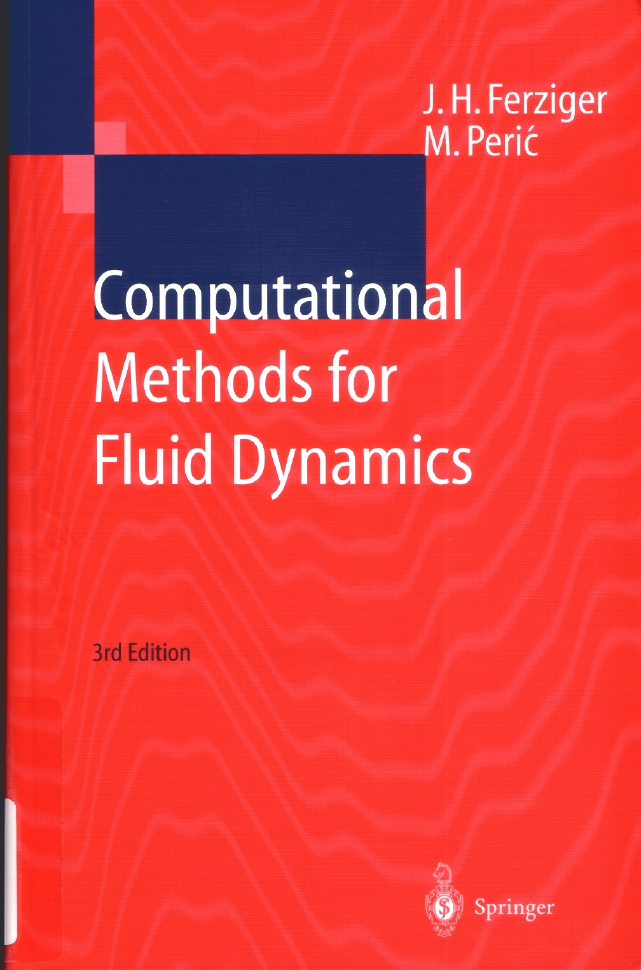
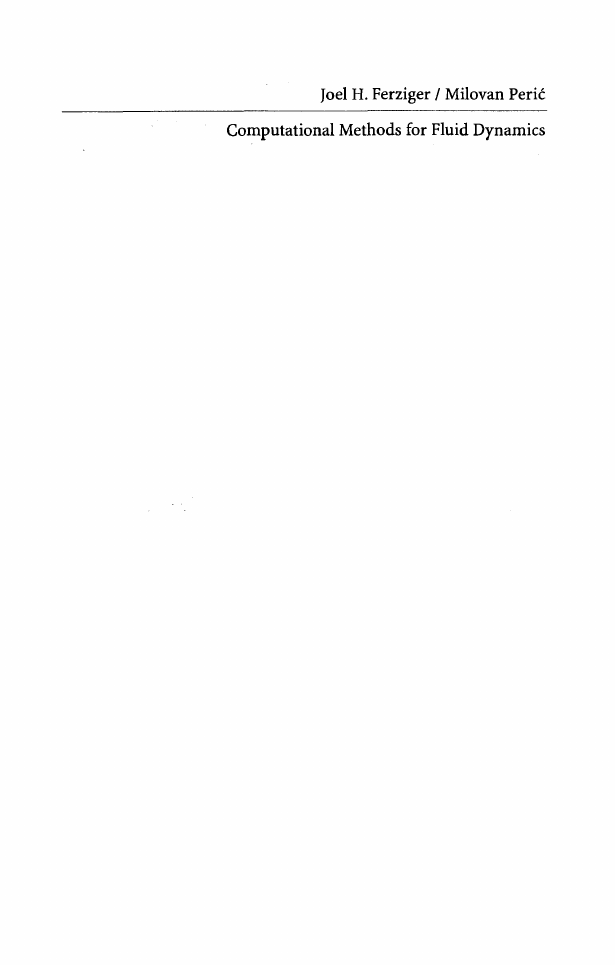

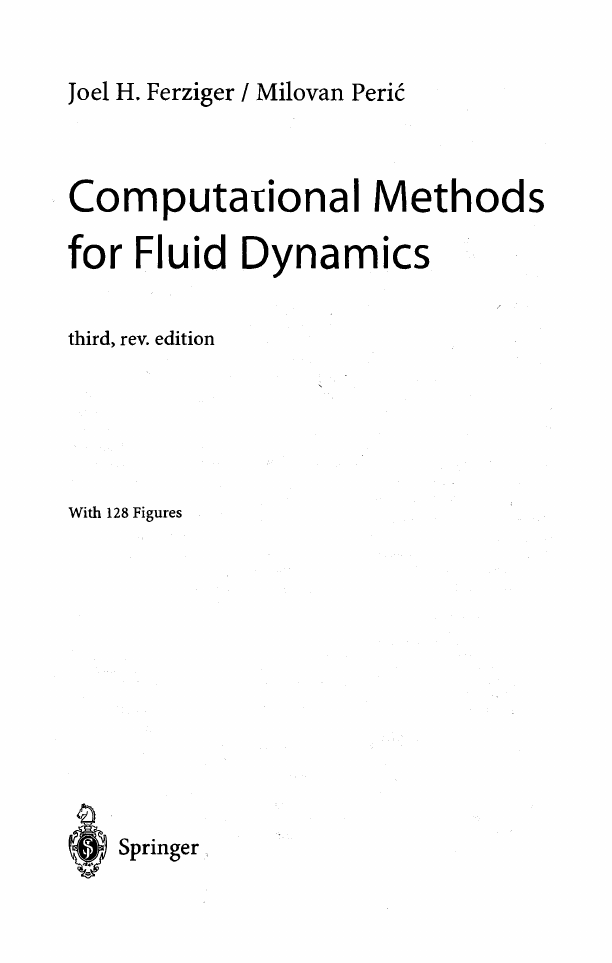
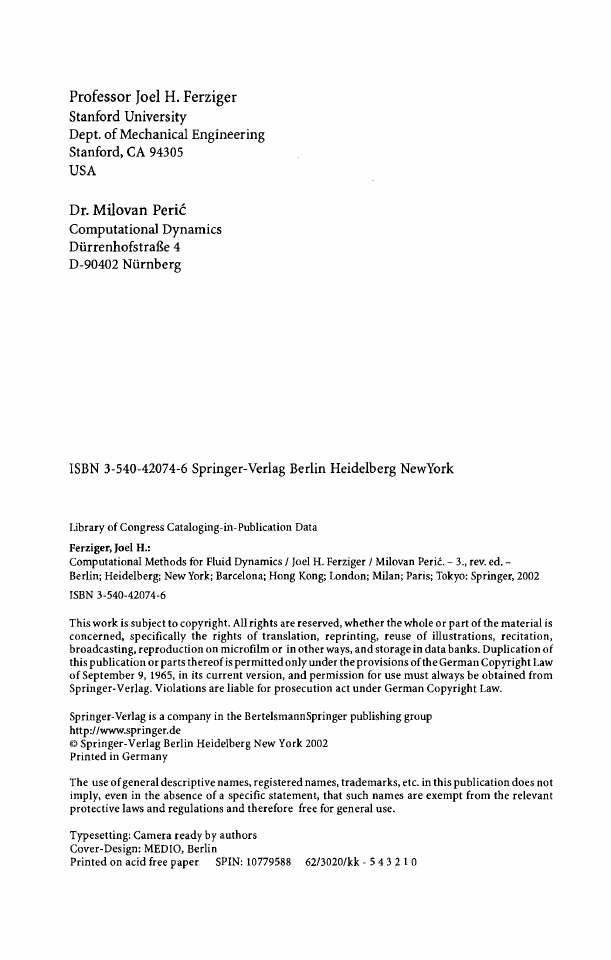
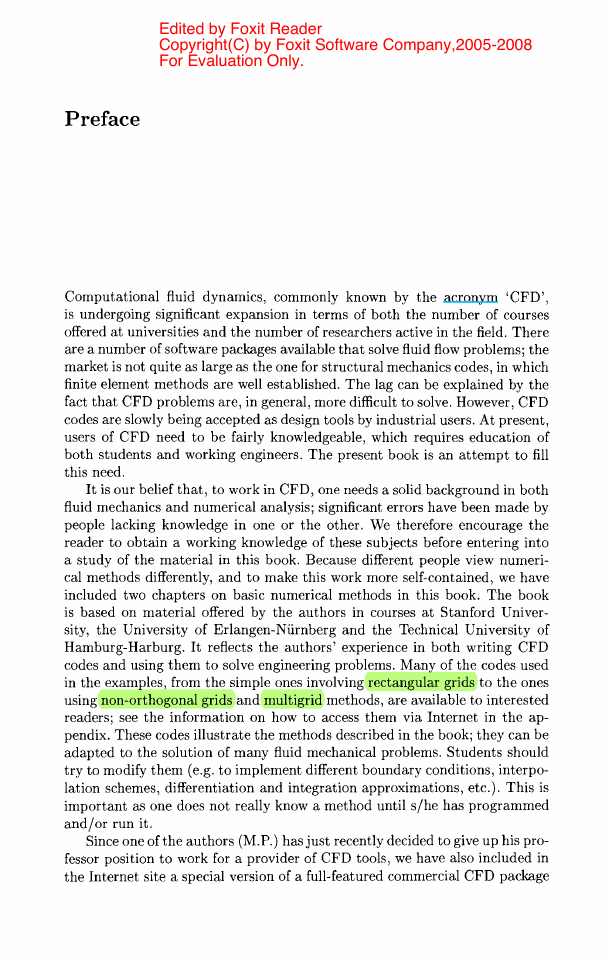
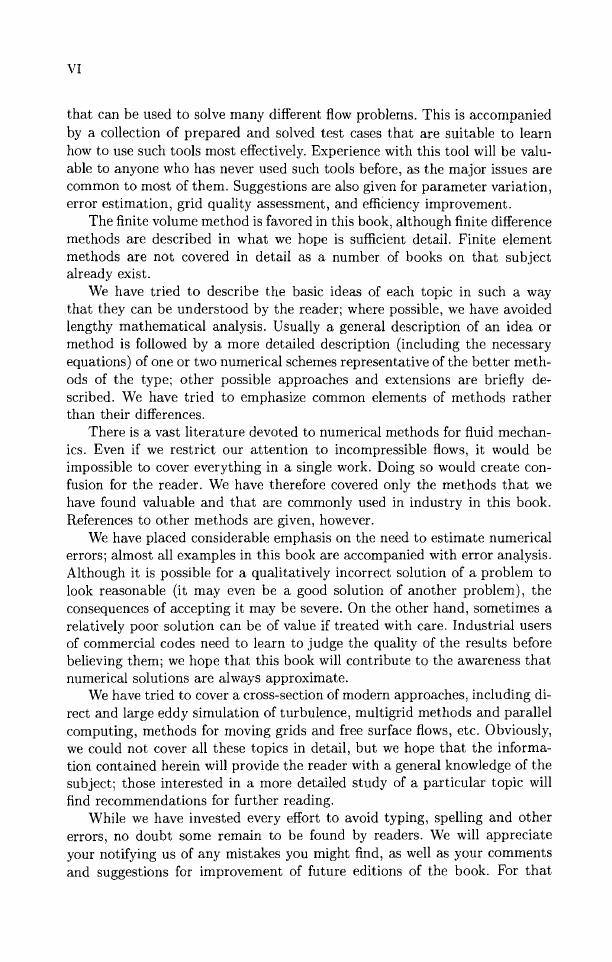









 2023年江西萍乡中考道德与法治真题及答案.doc
2023年江西萍乡中考道德与法治真题及答案.doc 2012年重庆南川中考生物真题及答案.doc
2012年重庆南川中考生物真题及答案.doc 2013年江西师范大学地理学综合及文艺理论基础考研真题.doc
2013年江西师范大学地理学综合及文艺理论基础考研真题.doc 2020年四川甘孜小升初语文真题及答案I卷.doc
2020年四川甘孜小升初语文真题及答案I卷.doc 2020年注册岩土工程师专业基础考试真题及答案.doc
2020年注册岩土工程师专业基础考试真题及答案.doc 2023-2024学年福建省厦门市九年级上学期数学月考试题及答案.doc
2023-2024学年福建省厦门市九年级上学期数学月考试题及答案.doc 2021-2022学年辽宁省沈阳市大东区九年级上学期语文期末试题及答案.doc
2021-2022学年辽宁省沈阳市大东区九年级上学期语文期末试题及答案.doc 2022-2023学年北京东城区初三第一学期物理期末试卷及答案.doc
2022-2023学年北京东城区初三第一学期物理期末试卷及答案.doc 2018上半年江西教师资格初中地理学科知识与教学能力真题及答案.doc
2018上半年江西教师资格初中地理学科知识与教学能力真题及答案.doc 2012年河北国家公务员申论考试真题及答案-省级.doc
2012年河北国家公务员申论考试真题及答案-省级.doc 2020-2021学年江苏省扬州市江都区邵樊片九年级上学期数学第一次质量检测试题及答案.doc
2020-2021学年江苏省扬州市江都区邵樊片九年级上学期数学第一次质量检测试题及答案.doc 2022下半年黑龙江教师资格证中学综合素质真题及答案.doc
2022下半年黑龙江教师资格证中学综合素质真题及答案.doc